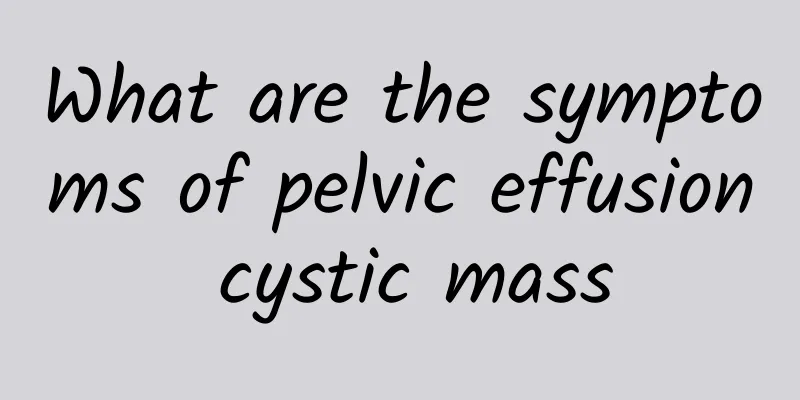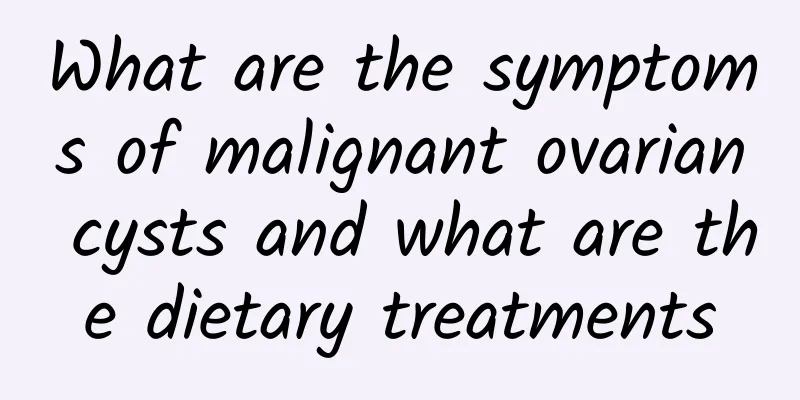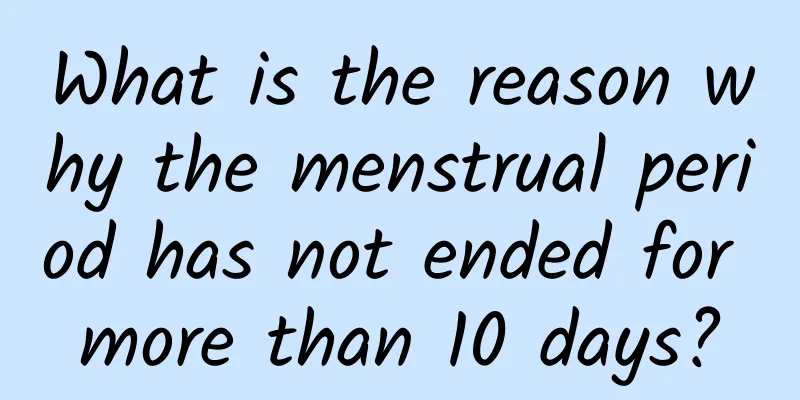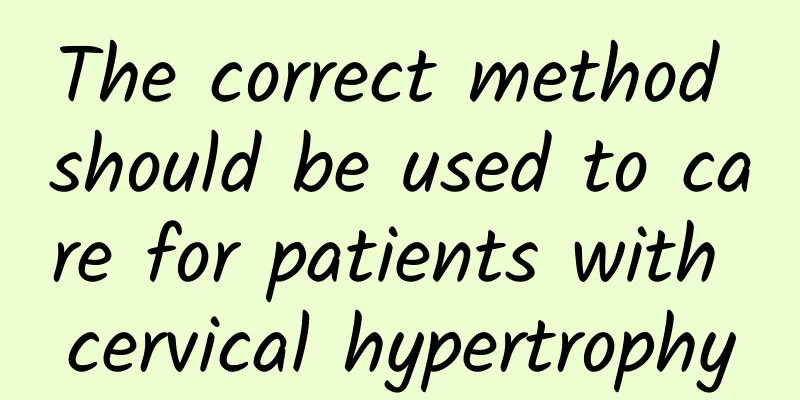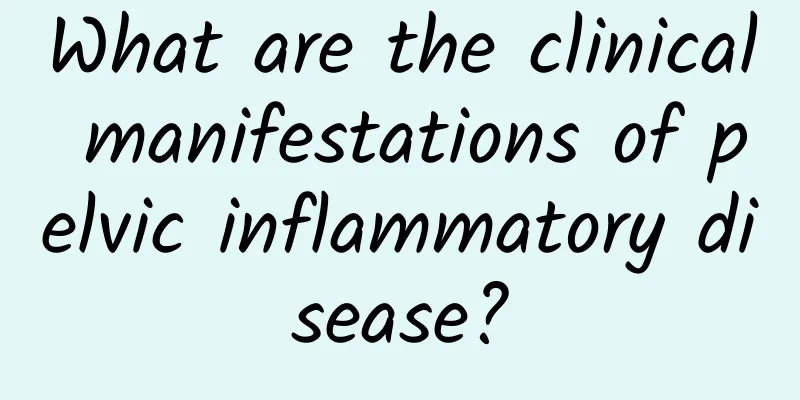Symptoms and treatment of polycystic ovary

|
How to identify polycystic ovary? Patients with polycystic ovary syndrome usually have multiple follicles, but they are immature, resulting in a lack of healthy eggs and thus infertility. It can be said that the harm to the human body is very great. So how can we detect polycystic ovary in time? 1. Obesity: About 25% of patients will suffer from obesity. The relationship between obesity and polycystic ovary syndrome is very complicated. It may be related to reduced insulin sensitivity. Even after androgen drops to normal, obesity still exists. 2. Hirsutism: Polycystic ovary patients have too much androgen in their bodies, which causes hirsutism, so the distribution of hair tends to be masculine, such as beard, chest hair, hair from navel to pubic area, anus and limbs, and thick, dense and black pubic hair. Due to different races, Asian women do not have obvious hirsutism like European and American patients. Sometimes accompanied by acne and hair loss. 3. Chronic anovulation: manifested as menstrual disorders, less frequent menstruation, less menstrual flow, or even amenorrhea. A small number of patients have menstruation only once in a long time, with heavy menstrual flow and long menstrual period. 4. Infertility: Anovulation caused by hormone disorders or ovarian insufficiency in patients with polycystic ovary can cause infertility. It may also be due to poor egg quality or progesterone deficiency, which causes poor endometrial growth and is not conducive to the implantation of the fertilized egg. Polycystic ovary disease is a common ovarian disease in women. The ovaries are organs that produce eggs. Once a disease occurs, it will directly affect pregnancy. Therefore, patients need active treatment. So how should polycystic ovary syndrome be treated? 1. Adjust lifestyle: Provide scientific guidance on diet and exercise, combined with medication and physical therapy to help patients lose weight steadily, reduce neutral fat, lower cholesterol, improve blood lipids, and increase the body's insulin sensitivity, thereby improving hyperinsulinemia and hyperandrogenemia. 2. Drug regulation to reduce androgen levels: Targeted medication selection to achieve the goal of gradually reducing androgen levels and repairing ovarian function. 3. Improve insulin resistance: Most patients with polycystic ovary have insulin resistance. Doctors will choose insulin sensitizers to improve the patient's insulin resistance based on their condition. 4. Ovulation induction: Scientifically monitoring the changes in sex hormones and endometrium through advanced equipment and adjusting medication in real time can effectively reduce ovarian overstimulation caused by ovulation induction, greatly increase the success rate of ovulation induction and the patient's pregnancy rate. 5. Surgical treatment to quickly reduce androgen levels: When simple drug and other treatment methods are ineffective, laparoscopic polycystic ovary perforation surgery is performed. Combined with drug treatment after surgery, it can achieve the goal of quickly reducing androgen levels and restoring spontaneous ovulation and menstrual cycles. 6. Comprehensive adjustment with traditional Chinese medicine: Traditional Chinese medicine comprehensively adjusts the patient's reproductive function and endocrine metabolic disorders. Depending on the situation, acupuncture therapy is used to improve the patient's menstrual cycle, restore the ovarian size to normal, restore ovulation, and increase the pregnancy rate. Polycystic ovary disease is a common female endocrine disease, which can also cause infertility in women of childbearing age. Therefore, female friends should pay great attention to it. When this happens, they should go to the hospital for examination, diagnosis and treatment in time. |
<<: Can ovarian cysts be prevented?
>>: Can I exercise if I have uterine fibroids?
Recommend
How to prevent cervical warts from spreading to others
Now cervical warts have seriously threatened all ...
Does ovarian cyst affect pregnancy?
Ovarian cysts are cystic structures formed inside...
General care for hyperprolactinemia
Women all know the dangers of hyperprolactinemia,...
Irregular menstruation is a common cause of irregular menstruation
Experts point out that the main cause of irregula...
Will cervical erosion lead to infertility? These common sense about cervical erosion suggest that women should know it early
Some patients with cervical erosion may be caused...
Treat insomnia and prevent functional uterine bleeding
Whether it is due to psychological factors such a...
What are the symptoms of uterine effusion and how to treat it?
Uterine effusion can be divided into physiologica...
Will abortion cause premature aging in women?
Many women do not know much about abortion and ho...
What are the dietary remedies for congenital absence of vagina?
Gynecological diseases are quite annoying for wom...
The main cause of dysmenorrhea
Dysmenorrhea is not uncommon in life. Many women ...
What is the reason for endometrial shedding during non-menstrual period?
Endometrial shedding is a condition in which the ...
Healthy life should be good at preventing cervical hypertrophy
In order to avoid the harm of cervical hypertroph...
How much does it cost to treat functional uterine bleeding?
Functional uterine bleeding, also known as DUB, i...
What should I pay attention to when I have uterine fibroids?
Uterine fibroids are the most common disease of t...
Diagnosis of pelvic inflammatory disease
In today's society, the status of women is ge...

